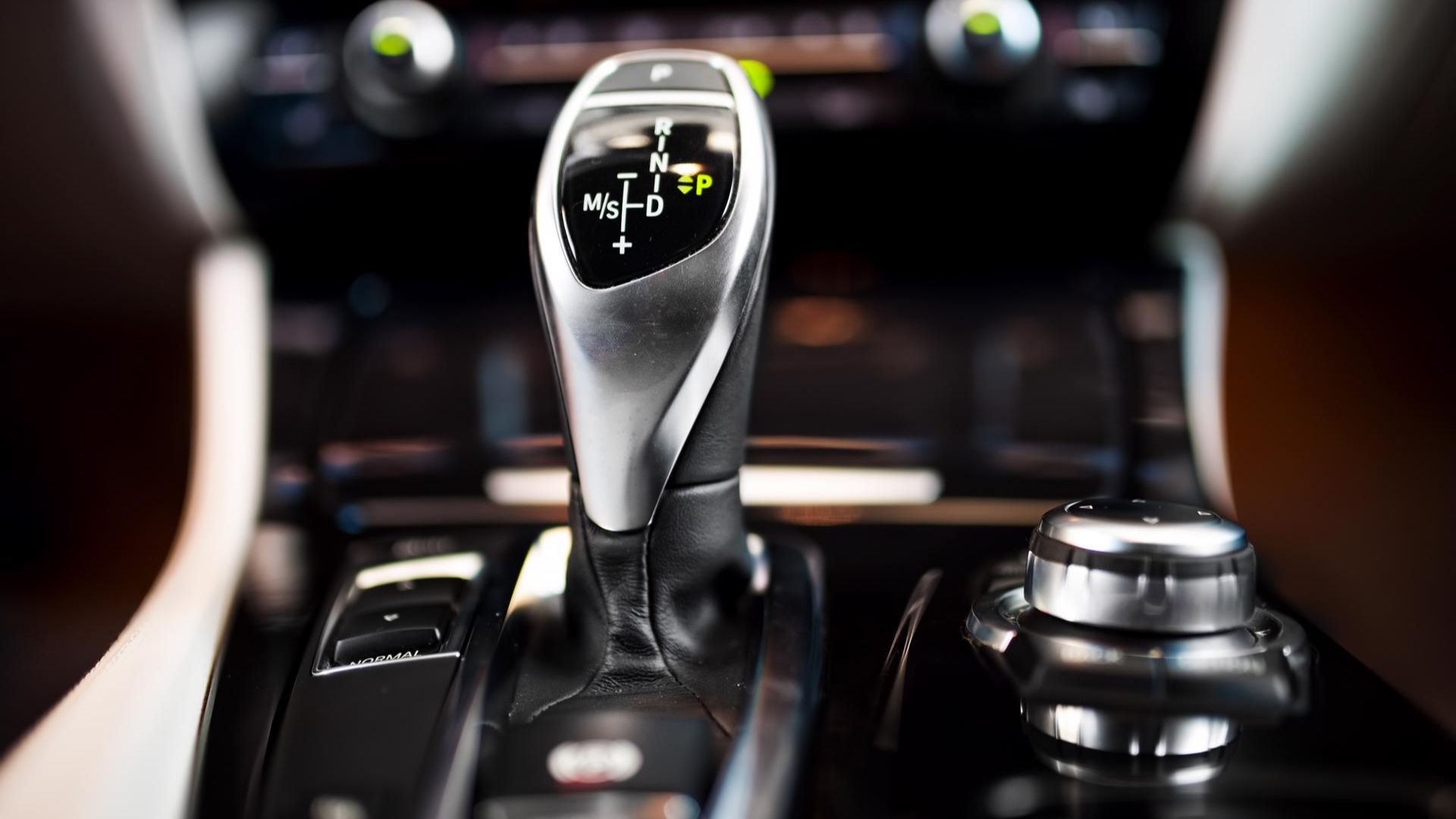

We may earn revenue from the products available on this page and participate in affiliate programs. Learn more ›
So your car’s transmission is acting up or throwing a heart-stopping fault code and you want to find out if the speed sensors are causing it? Fabulous.
Your car’s transmission speed sensors are vital to its powertrain operation. Most modern cars have two transmission speed sensors, one at the input shaft and another at the output shaft. These sensors work in tandem to send the powertrain control module (i.e., the computer that manages the engine and transmission) the speed difference between the engine crankshaft and the transmission output shaft, and thus, the gear ratio. That data, along with data from other sensors around the car, is used to set shift points, adjust engine calibrations, and even manage cruise control. If those sensors aren’t working properly, the transmission may shift roughly or sluggishly, cruise control may not work, or the speedometer may malfunction.
Diagnosing a faulty transmission speed sensor is pretty straightforward, as is replacing it, but to diagnose a problem fully, you’ll need to be comfortable using a multimeter to check voltage. If not, take your car to a qualified mechanic for a proper once-over. The Drive’s crack How-To team is here to help you diagnose and fix your transmission speed sensor issues, and get back on the road.
Basics
Estimated Time Needed: Half-hour
Skill Level: Intermediate
Vehicle System: Transmission

Safety
Working on your car can be dirty, especially when you’re working with surfaces you’ve never bothered to clean before. It can also be dangerous as liquids can be scaldingly hot and tires could fall on your toes. So here’s what you’ll need to ensure you keep your jeans, shirt, and skin spotless, and your bones fully intact.
- Mechanic gloves.
- Long-sleeve shirt to protect your arms.
- Eye protection.
Organizing your tools and gear so everything is easily reachable will save precious minutes waiting for your handy-dandy child or four-legged helper to bring you the sandpaper or blowtorch. (You won’t need a blowtorch for this job. Please don’t have your kid hand you a blowtorch—Ed.)
You’ll also need a flat workspace, such as a garage floor, driveway, or street parking. Check your local laws to make sure you’re not violating any codes when using the street.

Everything You’ll Need
We’re not psychic, nor are we snooping through your toolbox or garage, so here’s what you’ll need to get the job done.
Tool List
- Pliers
- Multimeter
- Socket wrench
Parts List
- New transmission speed sensors (if applicable)

Here’s How to Test Your Transmission Speed Sensors
Let’s do this!
Testing Transmission Speed Sensors
- Using an OBD2 scanner, check to see if there are any error codes related to the transmission speed sensor.
- If there are, there’s your problem. The part will need to be replaced.
- If there aren’t any codes, or if your car is from the Regan years, you’ll need to physically test the sensor.
- For better clearance, lift up the front end of your vehicle.
- Locate the transmission speed sensors, they’ll be near the front and rear of the transmission housing. Consult the repair manual for your car.
- Place bucket or oil drain pan underneath the sensor, there will be some oil that drains out.
- Disconnect the sensor from the housing on the transmission, as indicated in the repair manual for your car.
- Disconnect the sensor’s wire coupling.
- Turn the key to the ignition on, but engine off, position (one key click past Accessory)
- Using the multimeter’s voltmeter connect the probes to the ground and reference wires in the connector.
- If no voltage is received, the sensor is faulty.
- If voltage is received, you may need to have the car diagnosed by a qualified tech.
Replacing Your Transmission Speed Sensors
- Having found the sensor or sensors to be faulty, remove the connector between the sensor and the vehicle’s wiring.
- Using the proper socket, remove the faulty sensor.
- Connect the new sensor to the vehicle’s wiring.
- Install the new sensor.
- Lower your car.
- Start the engine.
- Take a test drive.
- Check to make sure the transmission shifts properly.
- Check to make sure the cruise control works properly.
- Wait to see if the check engine light goes off.
- If everything is a-ok, you’re golden.
Congrats, you did it!

Tips From a Pro
Here are our top pro tips to help you diagnose and fix your transmission speed sensor.
- If your transmission becomes bucking-broncoesque, pull over. You’re likely to cause serious damage to a number of parts if you continue.
- A fluctuating speedometer may be a sign of a faulty transmission sensor.
- If you have a truck or SUV with enough ground clearance, you won’t need to jack up your car.
Life Hacks
Since you may not have access to the right tools, we also compiled a list of our best hacks to make your life easier and drain your pocket less.
- If you don’t have an OBD2 scanner handy, your local auto parts shop will loan you one.
How Often Do You Need To Test Your Transmission Speed Sensor?
Automakers build these sensors with a long lifecycle, the only reason you’d need to test or change the transmission speed sensor would be because it began to malfunction again.

Featured Products
Got a question? Got a pro tip? Send us a note: guidesandgear@thedrive.com